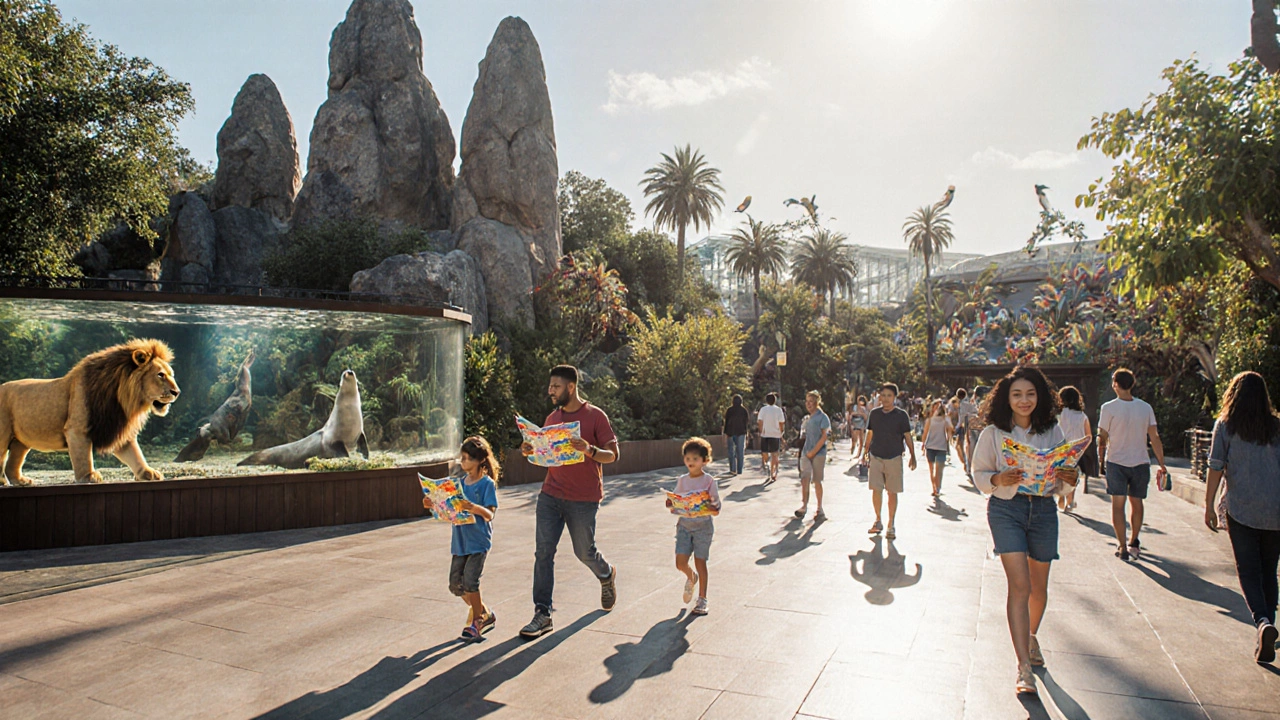SEARCH
Captive Breeding: Unlocking Conservation Success
When working with captive breeding, the practice of raising threatened wildlife in controlled environments to boost population numbers and preserve genetic diversity. Also known as ex situ breeding, it plays a crucial role in modern wildlife conservation, efforts aimed at protecting species in their natural habitats and supporting biodiversity, the variety of life across ecosystems. The goal is simple: keep a species alive long enough to return it to the wild.
Why does endangered species, animals facing high risk of extinction in the wild rely on captive breeding? When natural habitats shrink or poaching spikes, wild populations can’t recover on their own. Captive programs create a safety net, allowing scientists to manage breeding pairs, monitor health, and maintain a healthy gene pool. Success stories like the Indian rhinoceros and the gharial show how a handful of individuals in protected facilities can spark a population rebound in the wild.
How Captive Breeding Fits Into Broader Conservation
Captive breeding isn’t an isolated activity; it requires detailed genetic management. Breeding programs keep rigorous pedigree records to avoid inbreeding depression, which can weaken immunity and reduce offspring survival. Modern tools such as DNA profiling and computerized studbooks let managers choose the most genetically diverse pairings. This scientific precision ensures that released animals carry a broad genetic base, boosting the resilience of reintroduced populations.
Once healthy individuals are ready, the next step is reintroduction. That means linking captive breeding with habitat restoration—restoring rivers for otters, planting native vegetation for forest birds, or securing grazing lands for herbivores. Successful reintroduction depends on collaboration between zoos, wildlife sanctuaries, and local communities. Without suitable habitats, even the best‑bred animals cannot thrive.
Challenges loom large. Inbreeding, disease transmission, and high operational costs can stall programs. Advances like assisted reproductive technologies—artificial insemination, embryo transfer, and even cloning—help overcome low breeding rates. Meanwhile, funders and governments are beginning to see captive breeding as a cost‑effective alternative to endless anti‑poaching patrols, especially for species with extremely low wild numbers.
Zoos and NGOs serve as the front‑line players. Beyond housing animals, they educate millions of visitors about the importance of saving species. Educational outreach turns casual observers into advocates, creating a cultural shift that supports legal protection and funding. When people see a rescued Bengal tiger up close, they’re more likely to back policies that safeguard its forest home.
Policy frameworks also shape outcomes. International agreements like CITES regulate trade, while national wildlife acts provide legal backing for captive breeding licences. In some UNESCO World Heritage sites, captive breeding centers act as research hubs, feeding data into broader conservation strategies that protect entire ecosystems, not just single species.
Below you’ll find a curated list of articles that dive deeper into each of these aspects—budget-friendly trekking routes to see reintroduction sites, guides on visiting natural heritage locations, and practical tips for planning a wildlife‑focused trip. Whether you’re a traveler, a student, or a conservation enthusiast, the posts ahead offer actionable insights that connect the dots between captive breeding, biodiversity, and the real‑world places where these efforts come alive.

Zoo vs Sanctuary: Which Is Better for Wildlife?
Discover the differences between zoos and wildlife sanctuaries, from animal welfare and conservation to visitor experience, to decide which is better for wildlife.
Continue reading